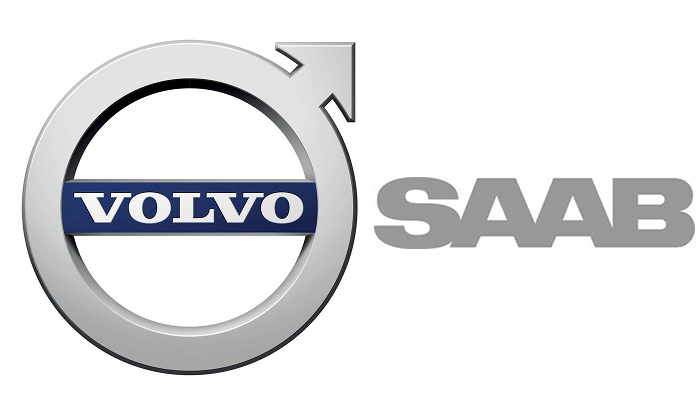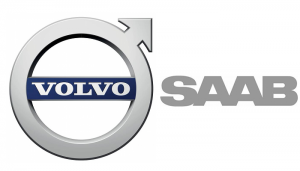Other than IKEA and ABBA, Saab and Volvo are two of the most popular Swedish imports here in the U.S. Both are known for their reliability and longevity, but we still receive our fair share of calls for these cars. So, in the interest of looking more like a Swedish Superhero than the Swedish Chef, let’s take a look at some of the numbers and names you are likely to encounter when cataloging parts for these vehicles.
But first, a little history … Saab is actually an acronym for Svenska Aeroplan AB (translation: Swedish Airplane Company), and refers to the company’s origin as an aircraft manufacturer. Volvo was originally a subsidiary of SKF bearings, and the name is Latin for “I roll.”
Both companies were sold off in the 1990s (Saab to GM, Volvo to Ford), only to be abandoned again at the beginning of this decade. Volvo survives today as part of the Chinese company Geely. Saab continues to struggle for solvency, but still maintains parts and service centers.
Volvo “rolled out” its alphanumeric model designations in 1997, introducing the S90 and V90 models, and adding the C70 a year later. C, S and V are designations for Coupe/Convertible, Saloon (sedan), and Versatile (wagon). Along with this body style prefix, Volvo assigns each model a series number from 40 through 90, indicating their relative size. (An S60 is larger than an S40, but smaller than an S80, for example) All-wheel drive wagons received an XC (Cross Country) suffix after the model number (V70XC, for example).
Starting in 2003, AWD wagons became the “XC” series. Volvo identifies their engines with a seven-digit code, telling a parts specialist several things about the engine design. Gas engine designations begin with a “B” for bensin, the Swedish word for gasoline. The second digit is the number of cylinders, while the third and fourth digits call out the displacement.
The fifth digit tells us the number of valves per cylinder, and the sixth position is the letter T (turbo) or S (non-turbo). The seventh character indicates a design change or “generation.” Example: B5244T5 is a gasoline 5 cylinder, 2.4L, 4-valve, turbocharged engine, fifth generation. Saab has a similar, but simpler convention, also starting with B, followed by displacement, generation and turbo design.
Turbo designations are as follows: E=low pressure turbo, L= mid-range turbo, R=high output turbo. The letter “I” indicates non-turbo applications. Example: B207R is a gasoline 2.0L, seventh generation, with a high-output turbo. As for model numbers, Saab has been partial to the number “9” for many years now. The 900, 9000, 9-3, and 9-5 have been well-known models for years.
In 2005, Saab buyers were offered the Subaru-designed 9-2X, as well as the GM-built 9-7X, which was a Trailblazer clone. 2010 saw the introduction of the all-wheel-drive 9-3X. Saab’s submodel designations aren’t very well-known outside of enthusiast circles, but occasionally, they are required for accurate cataloging.
The names are a reference to the company’s heritage in the air, with names like Linear, Arc, Vector, Aero, and Viggen. (Named after a Saab fighter jet with a Volvo jet engine, viggen is Swedish for “thunderbolt.”) When required, these 9-3 and 9-5 submodels can be decoded from the fifth digit of the VIN as follows: B= Linear D= Arc F= Vector/SE H= Aero P= Viggen Hopefully, Saab and Volvo aren’t quite so foreign, now that we all speak a little bit of Swedish.
Maybe someday we’ll even figure out the instructions that came with those bookshelves from IKEA.









